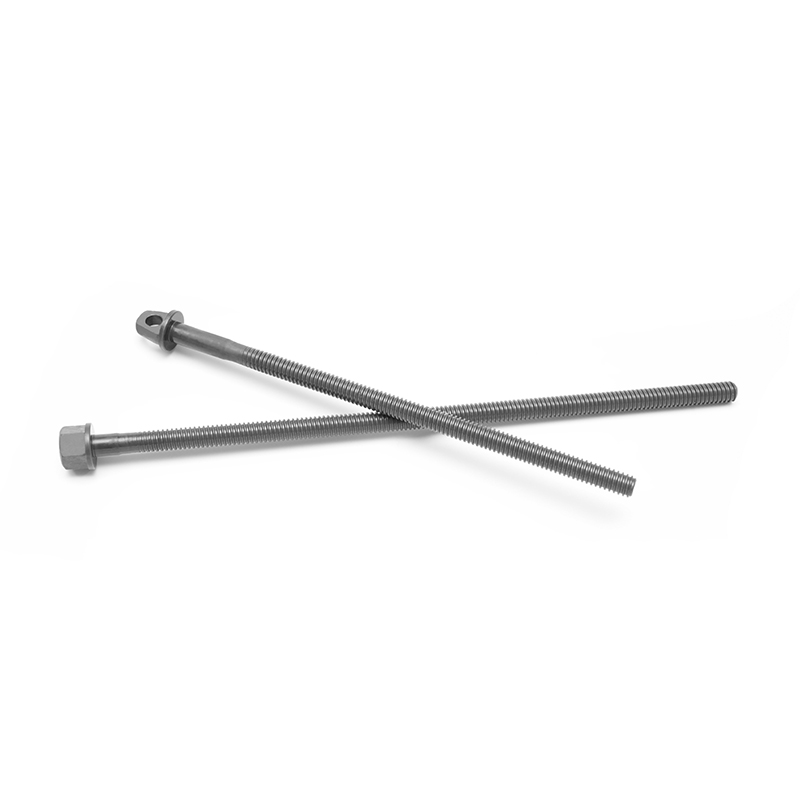Trapezoidal lead screws are a popular choice in many mechanical systems due to their unique design and advantages. Though they may not provide the high efficiency and precision of ball screws, they offer a variety of benefits that make them suitable for numerous applications. Below are the primary advantages of using a trapezoidal lead screw in mechanical systems.
Content
- 1 1. Cost-Effectiveness
- 2 2. Simplicity and Ease of Maintenance
- 3 3. Self-Locking Capability
- 4 4. Durability and Versatility
- 5 5. Low Friction Compared to Standard Threads
- 6 6. Ease of Customization
- 7 7. Reduced Complexity in Integration
- 8 8. Suitability for Manual and Low-Speed Applications
- 9 9. Lower Maintenance Costs
- 10 Conclusion
1. Cost-Effectiveness
One of the most significant advantages of trapezoidal lead screws is their cost-effectiveness . Due to their simple design and manufacturing process, trapezoidal lead screws are more affordable compared to other types of screws, such as ball screws. This makes them a go-to choice for budget-conscious projects, or where high precision is not as critical. The lower cost extends not only to the initial purchase but also to maintenance and repair, as the simple structure reduces the need for specialized parts.
2. Simplicity and Ease of Maintenance
Trapezoidal lead screws feature a basic, uncomplicated design , which makes them easy to manufacture, assemble, and maintain. Unlike ball screws that involve ball bearings and require more precision in production, trapezoidal lead screws are typically made with fewer components. This simplicity reduces the complexity of maintenance and makes it easier to replace or repair damaged parts. Furthermore, their durability ensures that, with proper care, trapezoidal lead screws can serve effectively for extended periods with minimal downtime.

3. Self-Locking Capability
In many applications, the ability to prevent backdriving (i.e., the load moving under its own weight when the screw is not turning) is essential. Trapezoidal lead screws often feature a self-locking mechanism . This means that when the screw is stationary, the nut does not move, even if the load is heavy. This feature is particularly beneficial for applications where holding a load in place without additional locking mechanisms is necessary. For example, in vertical lifting systems, a self-locking lead screw can hold the load in place without requiring external brakes or clutches.
4. Durability and Versatility
Trapezoidal lead screws are known for their robustness and ability to withstand varying environmental conditions. While they may not have the same load-bearing capacity as ball screws, they still perform reliably in moderate-load applications . The design of trapezoidal lead screws allows them to be used effectively in both horizontal and vertical orientations , making them highly versatile across different industries. Their durability makes them suitable for a wide range of applications, from basic mechanical tasks to more demanding systems.
5. Low Friction Compared to Standard Threads
Although they are not as efficient as ball screws, trapezoidal lead screws have lower friction than basic threaded rods or bolts. The trapezoidal shape of the threads enables smoother motion and better load handling than traditional threaded fasteners, even though friction still plays a role. This reduction in friction results in less wear and tear over time, allowing for smoother operation and increased lifespan compared to standard threads.
6. Ease of Customization
Another significant advantage of trapezoidal lead screws is their availability in various sizes, pitches, and leads . This makes them highly customizable and adaptable to a variety of applications. Whether you need a screw for a manual system or a high-precision automated one, trapezoidal lead screws can be tailored to meet specific requirements. Customization is typically more straightforward and cost-effective compared to more complex screw types like ball screws.
7. Reduced Complexity in Integration
Trapezoidal lead screws are often the go-to choice when simplicity and ease of integration are required. Their simple design means they can be easily incorporated into existing mechanical systems without the need for specialized components or extensive modifications. This makes them particularly popular in industries where cost-effective, off-the-shelf solutions are preferred. Whether used in machinery, manual jacks, or positioning devices, trapezoidal lead screws integrate seamlessly into a wide range of systems.
8. Suitability for Manual and Low-Speed Applications
Trapezoidal lead screws are particularly well-suited for manual actuation systems and low-speed applications . The reduced friction, combined with the self-locking ability, makes them ideal for systems where high precision and speed are not the primary concern. Common uses include manual positioning devices, light-duty linear actuators, and systems where slower speeds are acceptable. The lead screw’s design provides stable movement, making it an excellent choice for tasks that require controlled, reliable positioning.
9. Lower Maintenance Costs
Given their simple construction , trapezoidal lead screws incur lower maintenance and repair costs than more intricate alternatives like ball screws. The lack of ball bearings and fewer components mean there are fewer parts to wear out, and maintenance typically involves basic lubrication or occasional cleaning. In environments where dust or debris may accumulate, the straightforward design allows for easy maintenance, reducing downtime and prolonging the lifespan of the lead screw.
Conclusion
Trapezoidal lead screws are an excellent choice for many mechanical systems, offering cost-effectiveness, simplicity, and reliability . Their self-locking feature, low friction, and versatility make them suitable for a wide range of applications, particularly in low to moderate load scenarios . While they may not match the efficiency and precision of ball screws, their durability, ease of maintenance, and reduced complexity make them an ideal option for many industries looking for an affordable and reliable solution.

 English
English 中文简体
中文简体 Español
Español русский
русский عربى
عربى








